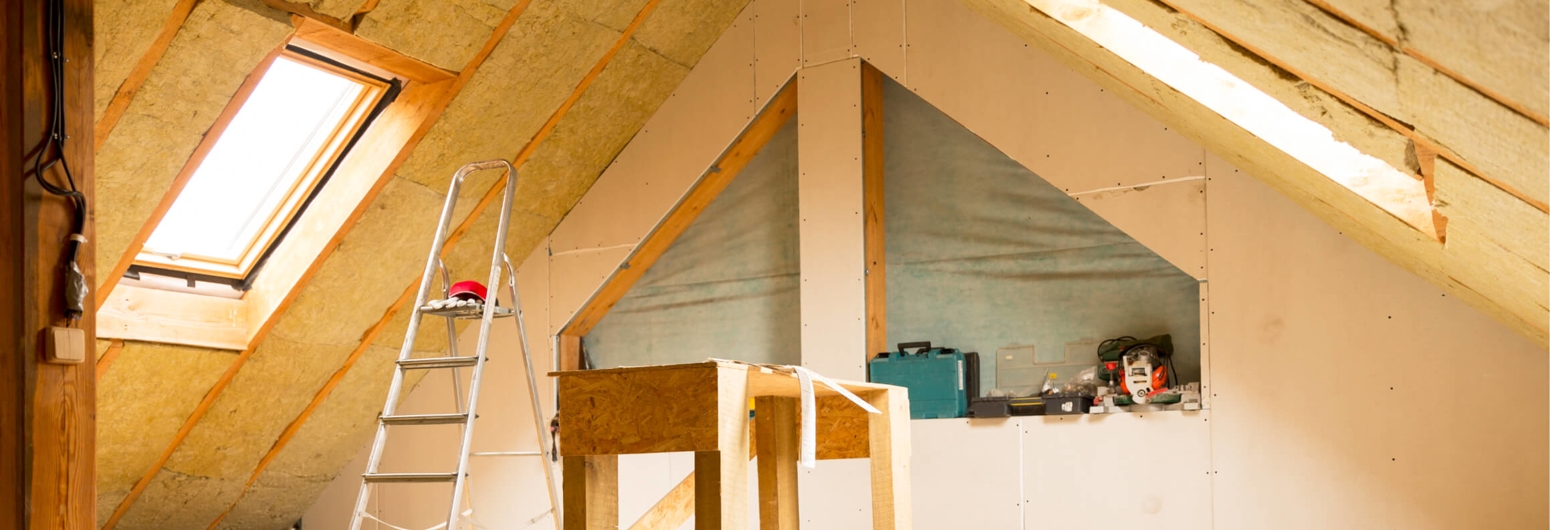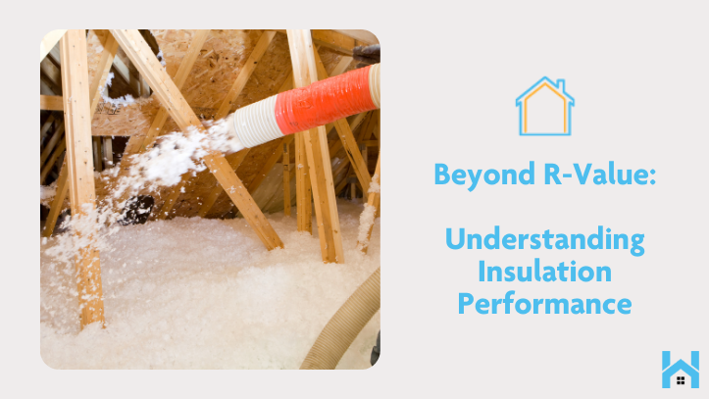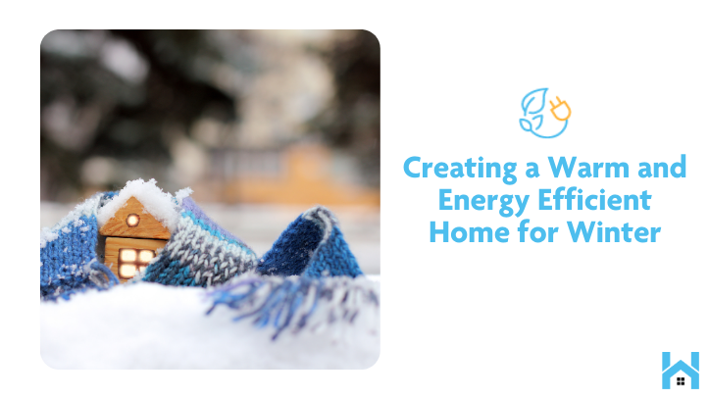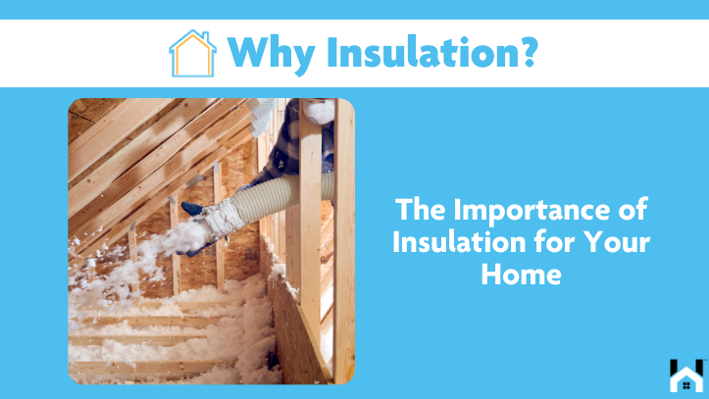Insulation is a critical component of any home, essential for maintaining comfortable indoor temperatures and ensuring energy efficiency. However, with various insulation types available, homeowners often find themselves weighing the pros and cons of each option. Among the most debated choices is between different types of spray foam insulation and the various traditional materials like fiberglass insulation and cellulose. In this blog, we'll delve into a comprehensive comparison to help you decide which type home insulation for your needs.
Understanding Spray Foam Insulation
Spray foam is a more modern polyurethane insulation material that expands and hardens upon application, creating a tight seal against air leakage and moisture. It comes in two main types: open-cell spray foam and closed-cell spray foam, the latter being denser and more moisture-resistant. It's praised for its higher R-value (a measure of thermal resistance), moisture-blocking capabilities, and ability to conform to irregular spaces.
Pros of Spray Foam:
- High Energy Efficiency: The R-value per inch of spray foam is typically higher than traditional materials, meaning it provides better insulation per inch of thickness.
- Air Sealing Qualities: Spray foam expands to fill cracks and gaps, creating an air barrier that can prevent air leaks and drafts.
- Moisture Barrier: Especially with closed-cell foam, it can help prevent water and moisture infiltration.
- Durability: Spray foam does not settle or degrade over time, maintaining its insulative properties for decades.
Cons of Spray Foam:
- Higher Cost: Spray foam generally costs more upfront than traditional insulation materials.
- Professional Installation: It requires professional installation, adding to the cost.
Traditional Insulation Materials
Traditional materials, like fiberglass and cellulose insulation, have been used as insulation options for many years. Fiberglass is made from fine glass fibers and is commonly found in batts or rolls. Cellulose is made from recycled paper products and is often used in loose-fill form.
Pros of Traditional Materials:
- Cost-Effective: Fiberglass and cellulose are less expensive than spray foam.
- DIY Friendly: Homeowners can install fiberglass batts themselves, potentially saving on labor costs.
- Fire Resistance: Fiberglass is naturally fire-resistant, while cellulose is treated with fire retardants.
Cons of Traditional Materials:
- Lower R-Value: They generally have a lower R-value per inch compared to spray foam.
- Settling and Degradation: Over time, these materials can settle or degrade, diminishing their lifespan and insulative effectiveness.
- No Air Sealing: Traditional materials do not provide the same level of air sealing as spray foam, potentially leading to higher energy costs.
- Time-Consuming: As a DIY project for updating attic insulation or working on soundproofing the basement, or filling up crawl spaces, traditional batt insulation can be an itchy and time-consuming task.
Environmental and Health Considerations
When it comes to the environmental impact and health considerations, both options have their trade-offs. Spray foam, while providing excellent thermal insulation and lower energy bills, contains chemicals that have raised concerns regarding off-gassing and potential toxicity. Traditional materials, although using more recycled materials like paper, for blown-in insulation, can be susceptible to mold and mildew growth if exposed to moisture.
Installation and Long-term Performance
The installation process is another significant factor to consider. Spray foam must be installed by a professional insulation contractor, and the area needs to be vacated during application and for some time after while the foam off-gasses. Traditional batt insulation can often be installed as a DIY weekend project by a capable homeowner.
In terms of long-term performance, spray foam's ability to maintain its shape and insulating properties gives it an edge over traditional materials, which may require topping up or replacement as they settle or deteriorate.
Weighing Your Options
Ultimately, the choice between spray foam and traditional insulation materials comes down to a balance of cost, energy efficiency, ease of installation, and personal preferences regarding environmental and health impacts. If upfront cost and DIY appeal are your priorities, traditional materials may be the way to go. If you're looking for maximum energy efficiency, longevity, improved indoor air quality, and are willing to invest more initially for longer-term savings, spray foam could be the ideal solution.
In any case, consult with insulation professionals and consider an energy audit to make the most informed decision for insulating your home. By understanding the strengths and limitations of each type of insulation product, you can choose the best option to enhance your home's comfort and efficiency for years to come.
.2509031213252.webp)



